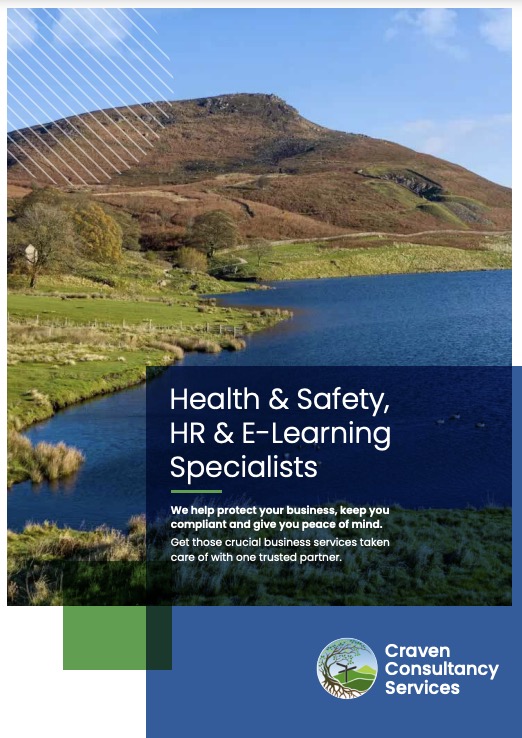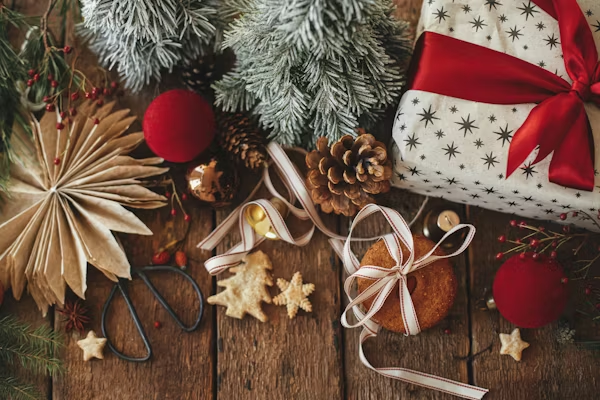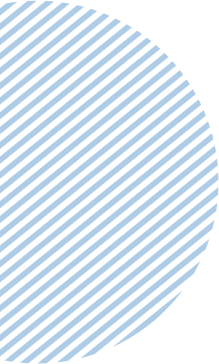3D printing – Managing the Risks
Evidence is now emerging about the health and safety risks associated with 3D printing. There are various 3D printing technologies, we are just looking at Fused Filament Fabrication (FFF) here. FFF printing is a process of laying down melted plastic filament in a series of layers. The adjacent layers cool and bond together before the next layer is deposited.
Why you should take notice of this advice?
Although this technology is relatively new published studies suggest that filament combustion products may present a risk to health when inhaled. Individuals most at risk include those predisposed to developing asthma and those with pre-existing asthma and breathing difficulties. Also the risk of inhalation of particulate and chemical fumes will be increased if you are spending long periods near the printer during its operation. Higher printer nozzle temperatures produce more emissions. Brief exposure to these fumes may trigger symptoms for some individuals. Individuals who spend long periods using 3D printers may have longer term health risks.
What does the Law require?
The law requires you to control, so far as is reasonably practicable, risks within your business that can affect workers or visitors to your premises. Employers are required to ensure that exposure is prevented, or controlled, under the Control of Substances Hazardous to Health Regulations. A COSHH risk assessment will highlight the risks and control measures needed.
Where should 3D printers be located?
You will need to control your employees’ exposure to the combustion products. You can start this by considering where the printer will be located. The printer needs space for working around it; above all the room needs to be well ventilated. It should also have local exhaust ventilation (LEV) fitted as an exposure control cabinet. A fan and filters need to be fitted to remove small particles and organic emissions from the melting of the filaments.
Should a desktop printer be enclosed?
Desktop 3D printers should have an exposure control cabinet already fitted. This will reduce emissions and prevent injuries from moving and hot parts. (Exposure control cabinets can also help to maintain the temperature environment of the printing space and improve the quality and success of printing.) Some desktop 3D printers are of an open frame design. Exposure control cabinets should be placed over open frame printers if other LEV systems are not available .
Choosing Suitable Filaments
There are many different types of filament material. You need to know what the filament is made from, so you should only use products that come with a Material Safety Data Sheet (MSDS). This will list the constituents of the filaments and the products produced when the filament is used in the printer. Furthermore the MSDS is essential for doing your COSHH assessment. When possible use PLA to reduce the risk from fumes and particulate emissions. Reduce the printer nozzle temperature to the lower melt range specified by the filament supplier. Avoid using more hazardous filaments such as ABS. All types of enclosed printers, or exposure control cabinets, will take time to clear emissions once the printing has finished. The enclosure should not be opened after printing until an appropriate clearance time has been allowed.
Cleaning and Maintenance
Only competent individuals should maintain 3D printers. Some printers have no user serviceable parts.
Exposure to contaminants on the printer surfaces can occur, as well as from chemical products used to clean printers. Chemicals or materials used for cleaning may interact with other materials increasing the risk of chemical emissions. Follow the manufacturer’s instructions for suitable cleaning processes and chemicals.
Moving and heated parts can be easily damaged, so filaments should only be replaced by a competent individual.
Also, guards and enclosures must be replaced when cleaning and maintenance work is completed.
Finally, the filters should be checked and changed regularly where an exposure control cabinet is used, as this qualifies as an LEV system.
Further information
The HSE website contains further information on COSHH –
https://www.hse.gov.uk/coshh/ and https://www.hse.gov.uk/toolbox/harmful/coshh.htm
If you need help with COSHH or any other Health & Safety issues, get in touch and we can discuss the options for you, or have a look at our support packages here.













